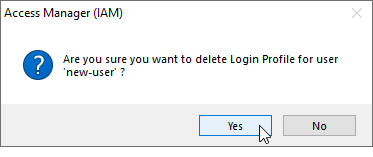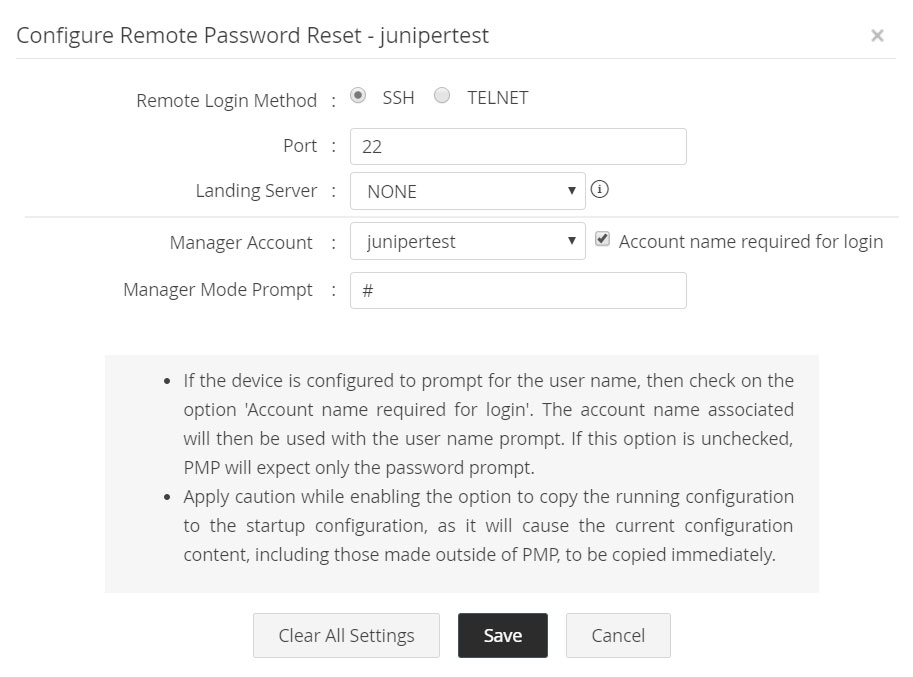

Now you can assign this encrypted value to a string in the playbook. You can then start inserting the string value that you wish to encrypt. You’ll be prompted to insert and then confirm the vault password. You can use the ansible-vault encrypt_string command for this. In such cases you should only be encrypting the data you do not want to share with others, leaving the rest as it is.Īnsible Vault allows you to encrypt only specific variables.

Password manager pro aws password#
In the example explained above, the development team does not want to share their password with the production and the staging team but they might need access to certain data to carry out their own task. Encrypting specific variablesīest practice while using Ansible Vault is to encrypt only the sensitive data.

$ ansible-vault decrypt filename.txtĪs usual, it’ll prompt you to insert and confirm the vault password. If you want to decrypt an encrypted file, you can use ansible-vault decrypt command. Now that you look at file contents, its all encrypted. You’ll be prompted to insert and confirm password and your file is encrypted. Suppose you have a file which you wish to encrypt, you can use the ansible-vault encrypt command. You’ll be prompted with the vault’s current password and then the new password and finally done by confirming the new password. You can use the ansible-vault rekey command. Of course, there are times where you’ll want to change the vault password. $ ansible-vault view filename.ymlĪnd you’ll see similar output. If you wish to just view an encrypted file, you can use the ansible-vault view command. If you check the output, you’ll see your text will be encrypted automatically when you save and close. The file(decrypted version) will open in a vi editor and then you can make the required changes. You’ll be prompted to insert the vault password. Where secrets.txt is an already created, encrypted file. If you want to edit an encrypted file, you can edit it using ansible-vault edit command. You can add data, save and exit.Īnd your file is encrypted. By default, the editor for Ansible Vault is vi. Once your password is confirmed, a new file will be created and will open an editing window. You’ll be prompted to create a password and then confirm it by re-typing it. To create an encrypted file, use the ansible-vault create command and pass the filename. Now we can safely commit these values to GitHub. We can either encrypt entire files or just encrypt few variables which might hold sensitive data and then Ansible automatically decrypts them during runtime. This was just one of the scenario where ansible vault can be used. How do you keep them unexposed? There are two ways – Either encrypt these two variables and embed them into the playbook or encrypt the entire playbook. You do not share these keys with others for obvious reasons.

You need to provide your AWS access key id and AWS secret key in the playbook. Suppose, we have a playbook that provisions your EC2 instance on AWS. It is a great way of having infrastructure as code, without compromising on the security. This is where Ansible vault comes into the picture. One wrong commit to GitHub or laptop theft can cause an organization a huge loss. Saving such sensitive data as plain text is a bad idea. Why use Ansible Vault?Īs Ansible is being used for automation, there is a high possibility that playbooks contain certain credentials, SSL certificates or other sensitive data. It uses the same password for encrypting as well as for decrypting files which makes using Ansible Vault very user-friendly. Vault is implemented with file-level granularity where the files are either entirely encrypted or entirely unencrypted. It provides a facility where you can not only encrypt sensitive data but also integrate them into your playbooks. It can encrypt entire files, entire YAML playbooks or even a few variables.
Password manager pro aws code#
Having infrastructure as code can pose the threat of exposing your sensitive data to the world, leading to unwanted security issues. Ansible Vault is a feature that allows you to keep all your secrets safe. If you wish to master DevOps, this course would be your go-to option. Decrypting Encrypted Files during Runtime.
Password manager pro aws how to#
In this blog, I’ll demonstrate how to use Ansible Vault and explore some of the best practices for keeping the data safe. How do we keep these secrets safe? Ansible provides with a feature called Ansible Vault. These secrets could be literally anything, passwords, API tokens, SSH public or private keys, SSL certificates, etc. A typical Ansible set up requires you to feed-in “Secrets”. Higher the use of technology, greater the possible threat to security.


 0 kommentar(er)
0 kommentar(er)
